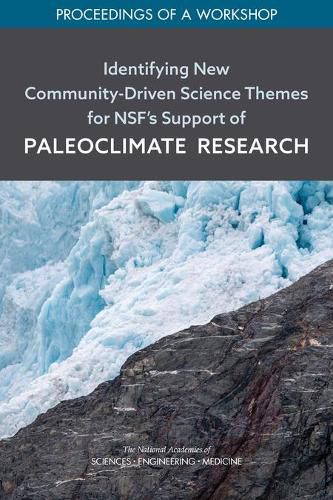Readings Newsletter
Become a Readings Member to make your shopping experience even easier.
Sign in or sign up for free!
You’re not far away from qualifying for FREE standard shipping within Australia
You’ve qualified for FREE standard shipping within Australia
The cart is loading…






Sediments, ice, corals, and trees are just some of the natural storehouses of information that help tell the complicated history of Earth?s climate. Paleoclimate researchers use these ?proxies,? in combination with numerical models, to gain understanding of the magnitudes, rates, and drivers of past climate variability with the goal of informing understanding of current and future change in Earth?s climate system. The Paleo Perspectives on Climate Change (P2C2) program of the National Science Foundation (NSF) has advanced paleoclimate research through proxy development, data-model comparisons, and synthesis work, and has facilitated interdisciplinary collaboration that has contributed to the growth of the field. This new publication highlights discussions at a June 2021 workshop that focused on identifying potential future paleoclimate research directions to further advance understanding of past climate and better inform the public and decision makers about the expected future.
$9.00 standard shipping within Australia
FREE standard shipping within Australia for orders over $100.00
Express & International shipping calculated at checkout
Sediments, ice, corals, and trees are just some of the natural storehouses of information that help tell the complicated history of Earth?s climate. Paleoclimate researchers use these ?proxies,? in combination with numerical models, to gain understanding of the magnitudes, rates, and drivers of past climate variability with the goal of informing understanding of current and future change in Earth?s climate system. The Paleo Perspectives on Climate Change (P2C2) program of the National Science Foundation (NSF) has advanced paleoclimate research through proxy development, data-model comparisons, and synthesis work, and has facilitated interdisciplinary collaboration that has contributed to the growth of the field. This new publication highlights discussions at a June 2021 workshop that focused on identifying potential future paleoclimate research directions to further advance understanding of past climate and better inform the public and decision makers about the expected future.